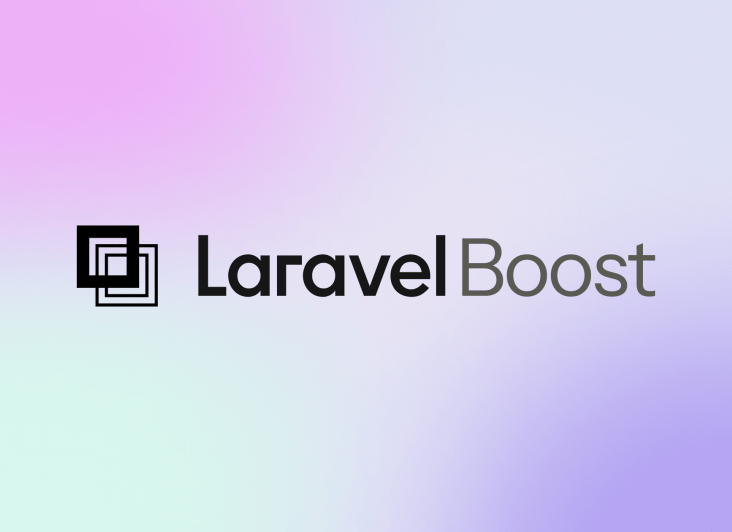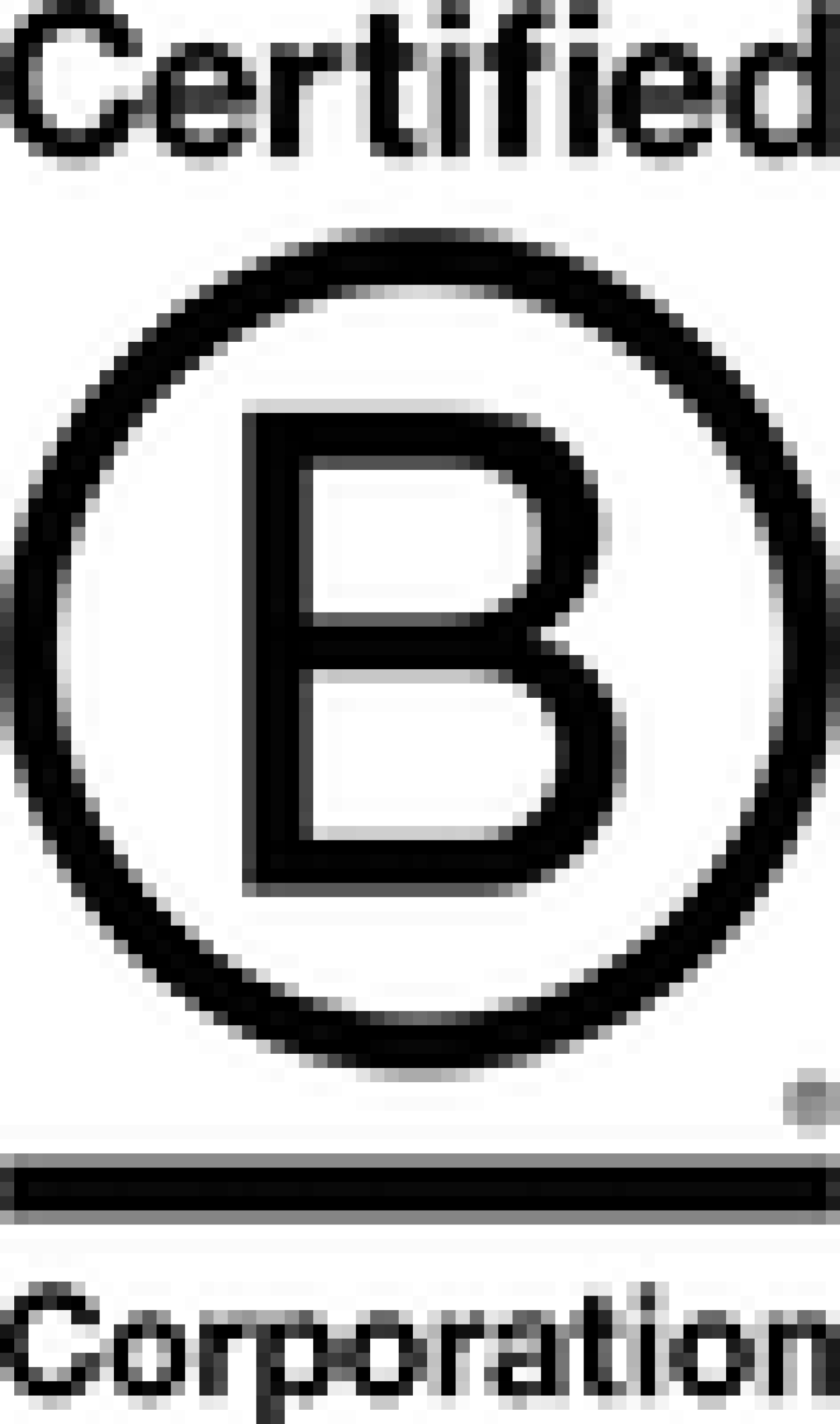What is PHP: An Overview

If you’re new to the world of web development and don’t know much about the inner workings of websites, you might never heard of PHP. Or perhaps you have heard the term but are unsure exactly what PHP is. Let us unpick the technical jargon and take you on a whistle-stop-tour of this coding language’s history.
PHP is perhaps the most popular programming and scripting language for web development. Along with being extremely capable, it’s also a user-friendly language that lends itself to being widely adopted among coders and web developers.
Here at Steadfast Collective, PHP is our bread and butter. It’s our first language when it comes to code, and it’s the language we use for the majority of our projects.
What is PHP?
PHP is a general purpose language for scripting in web development. It can be used to build webpages, entire websites, and web applications. It’s different from other client-side scripting languages like JavaScript since its code is executed on server. It generates code which is sent directly to the client.
All your HTML files can be processed through PHP if you configure your server well enough. This capability and functionality is why PHP has gained such a foothold in the internet space.
PHP can be extremely simple for beginners, yet offers several advanced features for professional programmers. This is why it has become perhaps the most popular programming language for web development. Read more about what we, at Steadfast, build over on our services page.

The History of PHP
PHP was born just about the time that the Internet was. If you find yourself asking what is PHP, you may as well ask, what is the internet?
Early Days
In 1994, Rasmus Lerdorf invented PHP. Early versions were used on the home page of his own website. He simply created it to keep track of who was looking at his online resume.
Early 1995 brought the first public release version. It was known as “Personal Home Page Tools” back then. So you can guess where the acronym PHP came from. Today, it stands for Hypertext Pre-processor. It consisted of a parser engine which understood only a few macros and a few utilities which were commonly used on home pages.
In 1995, the Personal Home Page Tools were combined with Form Interpreter scripts. Rasmus even added mSQL support. That way, PHP/FI was born. It grew at a faster and faster pace and drew people to it.
PHP Growth
Hard statistics about the early days are difficult to find. However, an estimated 15,000 web pages were using PHP by 1996. Mid-1997 saw this number grow to 50,000 and beyond. By then, Rasmus wasn’t the only person working on the project. A handful of like-minded developers were working on it.
PHP versions 3.0 and 4.0 followed in 1998 and 1999. These versions closely mirror what PHP looks like today. PHP 5.0 followed in 2004 and grew to be used in hundreds of millions of domains around the world.
PHP Today
PHP version 8.0 and beyond is in wide use today. It’s capability and functionality has grown beyond what was originally conceived or even imagined. Today, in 2021, PHP is used by 79.2% of all websites (according to an estimate by W3Techs).

What are the Benefits of PHP?
PHP isn’t simply a favourite of programmers because it’s so capable. It also has several other benefits and advantages.
It’s Easy to Learn
The best thing about PHP according to certain programmers is its lucidity and ease of use. You don’t have to be well versed in its lexicon to fully grasp its core fundamentals. While several programmers are well versed in CGI, JSP and Perl, they prefer PHP. A key reason is its ease of use and popularity.
PHP syntax is very logical and well organised. Even the command functions are very easy to understand. They can tell the developer which function they perform simply through their syntax. Thus, web developers find it easy to create and optimise any app they work on.
It’s Very Flexible
The benchmark by which a lot of coding languages are judged as by their flexibility. PHP is an extremely flexible language for nearly every project you need to produce. It’s a great scripting language which can add any sort of functionality to your website.
Fresh code and command functions don’t need to be written for modifications. Instead the old functions can be reused. Also, you can make changes throughout the breadth of the project. This is a very valuable time-saving tool.
It’s Compatible with Other Tools
The vast majority of operating systems are compatible with PHP. The five major OS’ (Windows, Linux, MacOS, iOS, and Android) can all run PHP scripts. Since this integration occurs without any effort, it saves time and money. Businesses which need a quick turnaround for web apps or websites will find this aspect for PHP very useful.
It’s Efficient
PHP is a very efficient coding language. It’s scalable, and can create very capable apps. It’s the programming language of choice for developers when a large website with several pages is needed.
It’s Cost Efficient
Being an open source language, PHP is free. That is a great asset for any business, large, or small. You don’t need to purchase licenses or certifications to develop a website. The best part is, it works with several different databases like SQL Server, MySQL and PostgreSQL.
It Gives More Control to the Developer
You can have greater control with PHP compared with other programming languages. You aren’t hampered with long, complicated scripts with PHP. Instead, a few lines of code can do the trick. You are allowed tags, which results in extremely dynamic content.
You don’t even have to worry about placing code in the right place. The tags take care of the placement. As long as it’s within the tags, the code will sort itself out.
Web developers and businesses would be wise to choose PHP as their codebase since it offers so many advantages compared to other languages. By functionality and capability, it basically wins out amongst other languages.
It’s a great choice for wide distribution of a product or service to a large customer base, and we couldn’t recommend it enough!
More Articles

Laracon US 2025 recap: What “Laravel Boost” means for your website
Laravel Boost brings safer, Laravel-aware AI into your project. It gives assistants real context like routes, schema, logs and versioned docs so small features ship faster, code stays consistent and debugging gets clearer.

Laravel Agency Pricing Models Explained (Fixed, Retainer and Time & Materials)
Why the cheapest quote could cost you more

Laracon US 2025 recap: Pest 4 and why it matters for your website
Pest 4 brings faster, more reliable testing to our Laravel projects with Playwright browser checks, visual regression tools and smarter diagnostics, helping us catch issues early, ship confidently and keep your product stable and high-quality.

